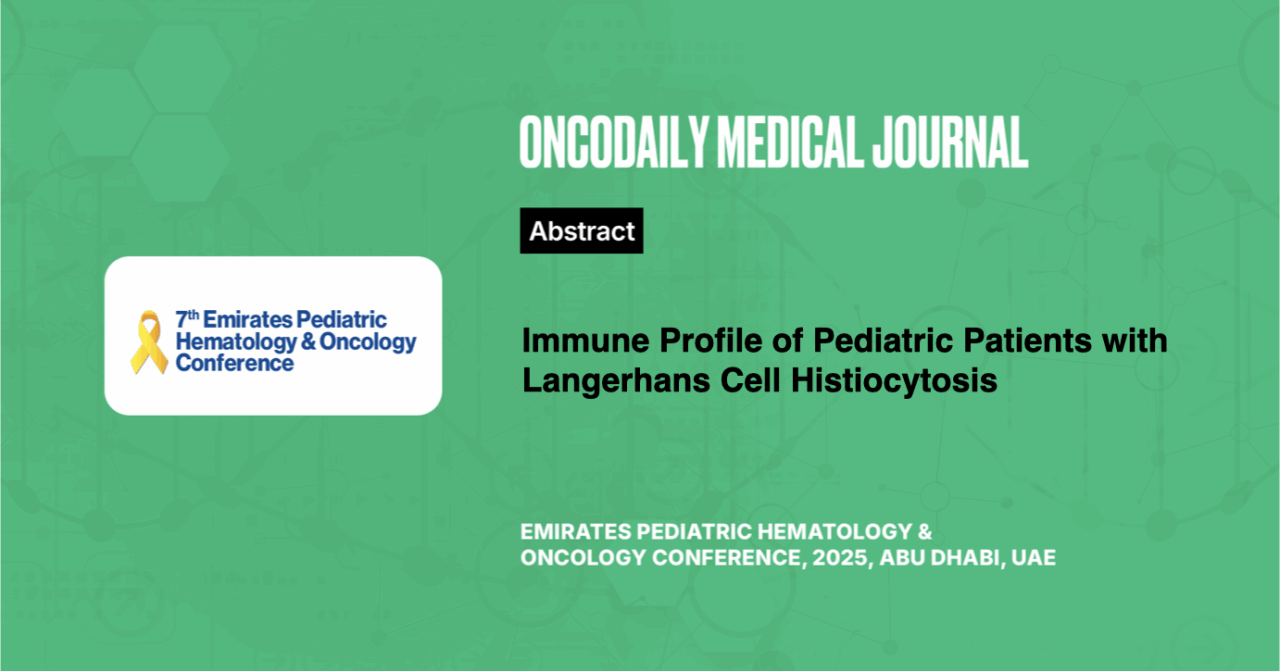Immune Profile of Pediatric Patients with Langerhans Cell Histiocytosis
Abstract
Introduction: Langerhans cell histiocytosis is a rare and clinically heterogeneous hematological disorder characterized by accumulation of mononuclear phagocytes in various tissues and organs. The incidence is 3–9 cases per million in children (under 15 years of age) and decreases to 1–2 cases per million when adults are included. The objective was to investigate the immunological profile in patients with Langerhans cell histiocytosis.
Methodology: The study material was 10 primary patients with established and various forms of LCH. The immunological profile of the blood was analyzed using the count of leukocytes, lymphocytes (T-, B-population), immunoglobulins, immune complexes, IL-6, CRP and ferritin.
Results: According to the results of the study, the immunological profile revealed an increase in CD8+ in all patients by an average of 50%, which indicates various active intracellular processes in the body associated with cancer. An increase in the level of the IL-6 factor (m=7.12) in the study group is both a marker of inflammation activity and a “cytokine storm”, and is also associated with a case of cancer, as well as a factor stimulating osteoclasts, which plays a role in bone destruction.
Increased C-reactive protein (CRP) as a marker of intense inflammation indicates an associated infection. Thus, in LCH, numerous immunosuppressive changes can be detected (CD8+, IL-6, regulatory T cells). The immune complex and immunoglobulin levels were within reference values.
Conclusion: The process of malignant transformation and the origin of cells are still not fully understood and require in-depth study.





